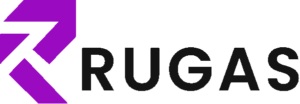Software development product lifecycle
Software Development Product Lifecycle Software development is a complex process that involves a range of stages, each with its own unique set of challenges and requirements. To ensure that software products are developed efficiently and effectively, software development organizations follow a product lifecycle that provides a framework for the development, testing, and deployment of software products. In this blog post, we will explore the various stages of the software development product lifecycle and the key activities that are involved in each stage. Planning and Analysis: Defining the scope and objectives of the project Gathering requirements from stakeholders Conducting feasibility studies Defining project timelines and budgets Identifying potential risks and constraints Design: Creating a detailed design plan Defining the architecture of the software product Identifying the components and interfaces Defining the data model and database design Creating mockups and prototypes Development: Writing and testing code Debugging and troubleshooting issues Integrating components and interfaces Creating documentation and user manuals Conducting code reviews and testing Testing: Conducting unit tests, integration tests, and system tests Identifying and documenting defects and issues Conducting performance and load testing Conducting user acceptance testing Creating test plans and test cases Deployment and Maintenance: Releasing the software product to users Providing ongoing support and maintenance Addressing issues and bugs that arise after deployment Providing software updates and patches Conducting ongoing testing and monitoring In conclusion, the software development product lifecycle provides a framework for the development, testing, and deployment of software products. By following this lifecycle, software development organizations can ensure that software products are developed efficiently and effectively, meeting the requirements of stakeholders and users.



